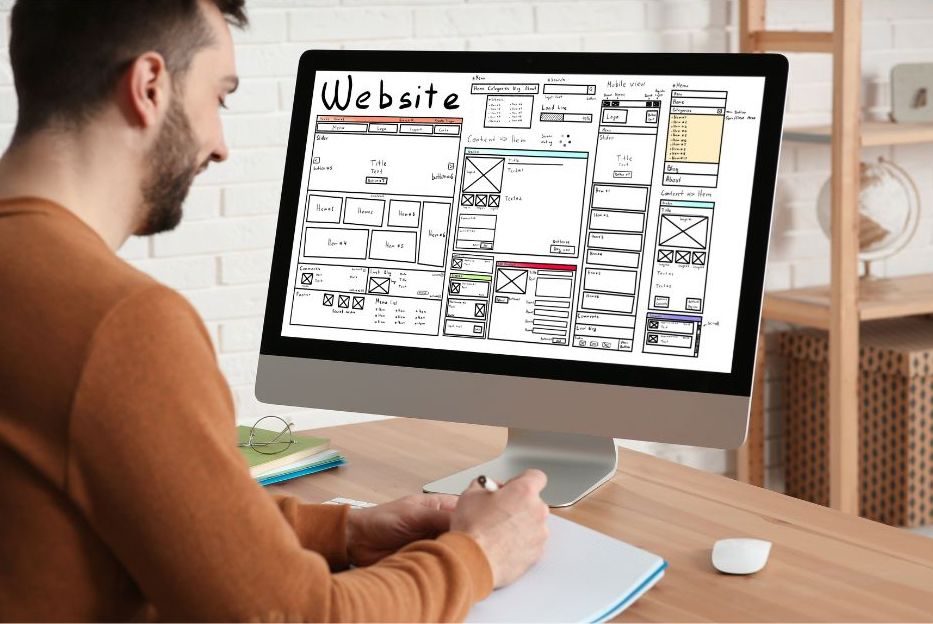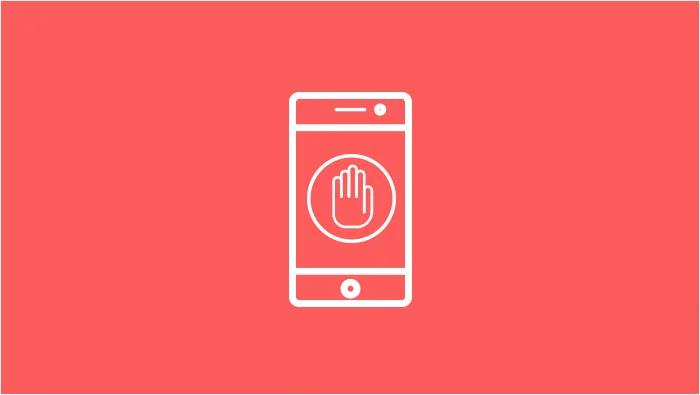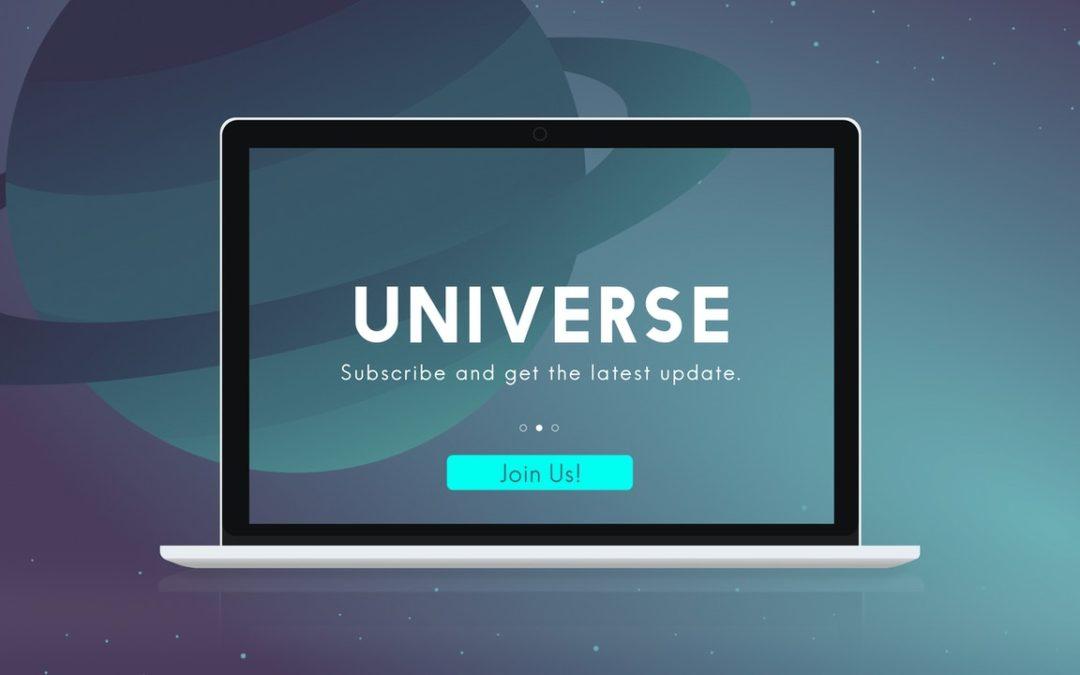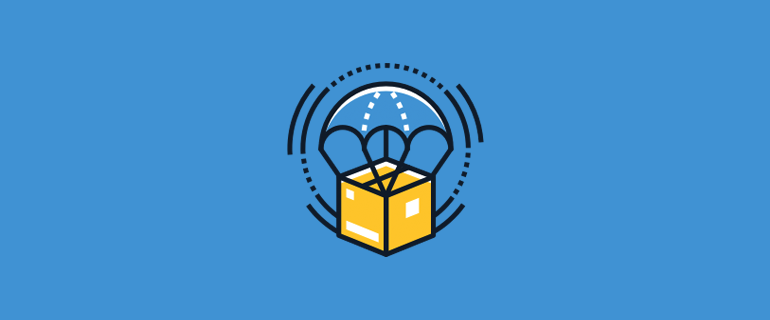The internet is one fast paced place, and your website should be too. We refer to many types of HTTP responses or status codes as server and client errors. One such response is the "406 error". You may see it when visiting a website, or more commonly, you may encounter it on your own site. It's usually not too much of an issue for average internet users, but it can be downright frightening for those running the website.
This error can mean one of two things — the website is not set up properly or there's an issue with the client's browser. Aside from being an aesthetically displeasing and confusing, HTTP error codes can cost the business sales and consumers. But don't worry! In this post, we will talk about what the error means and how to fix it.
What is the 406 Not Acceptable Error?
The server can only process so many requests at a time. When the server is too busy and you send one more request, the server will let you know with a HTTP error message. The 406 Not Acceptable error means that the webpage isn’t formatted for mobile devices, like a smartphone. HTTP error messages are common, but not as common as 404 errors, which usually indicate a webpage that doesn’t exist.
Error The 406 Not Acceptable status code is the error message your customers get when they access your site with a protocol that it does not support. From an unsupported protocol to a bad user agent (think Internet Explorer), this includes everything.
The 406 error is an occasional problem for websites, although it is not common. It usually looks like this:
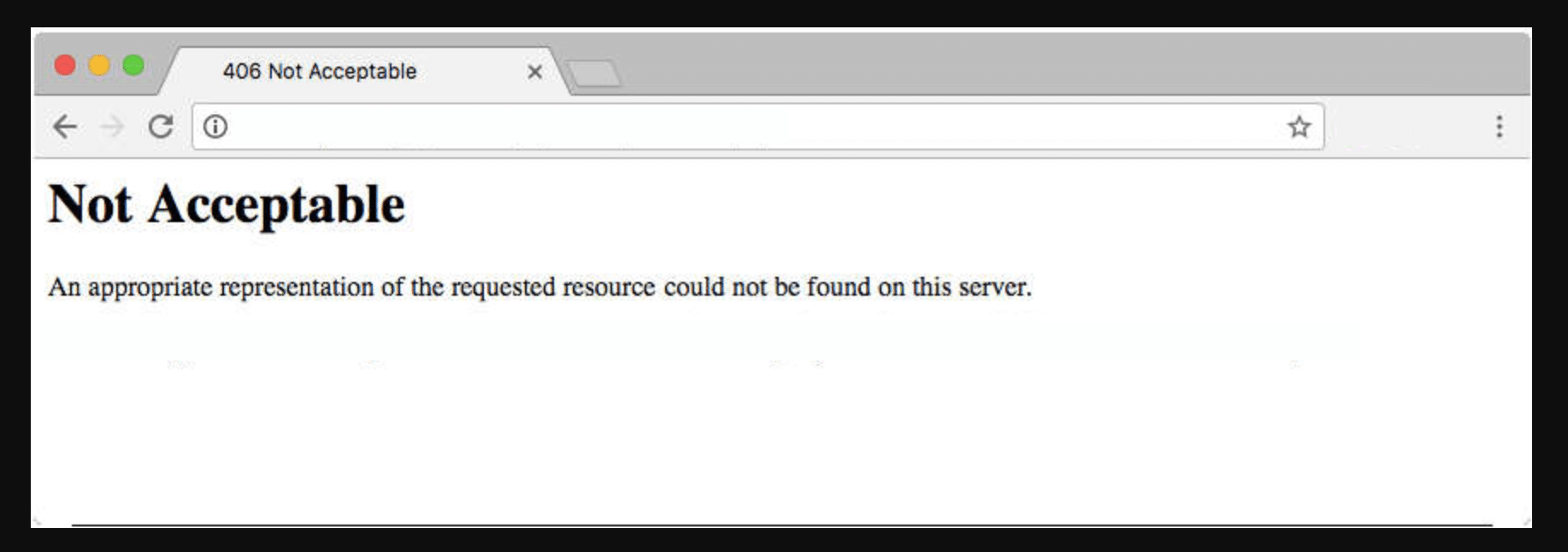
Essentially, a miscommunication has occurred between the server and the browser or machine used to present the web application. If the browser can't read what's coming in or verify the data because it didn’t meet some requirements, it's considered a bug.
Is this a Server-Side or a Client-Side Error?
If you send off a request and receive a 406 Not Acceptable response, it means you did something wrong. When your server can't process the request for any reason, it sends back a response code in the 4xx category to tell you that it's a client error. The HTTP status codes in this group are considered "client-side" errors.
400 Bad Request
401 Unauthorized Error
403 Forbidden
404 Not Found
405 Method Not Allowed
410 Gone
429 Too Many Requests
415 Unsupported Media Type
4xx errors are not the client's fault. The issue lies on the server-side. These errors are not the client's fault and suggest something is wrong with the server-side of things.
A misbehaving server can be the root of a 406 error, sometimes. For instance, if it incorrectly handles requests or is not configured properly, it will return a 406 code response and other problematic traffic routing.
How to Fix the HTTP 406 Not Acceptable?
If you don't know what to do with this issue, it's time to reach out for professional help. You don't want to let errors pile up and make it impossible for visitors to use your website.
Troubleshooting on the client-side
This status code of 406 is considered to be a client-side error, so we recommend fixing any issues that may come from your end before troubleshooting further. Here are some things you can do to try to fix the problem:
If you receive a 406 error, there may be a typo in your URL. For example, "example.com/index" might have been typed instead of "example.com/index.html." Check that the URL is correct before proceeding with other steps outlined below for what to do when you encounter this error.
If you're getting the 404 error, consider rolling back to a previous version of your site. This is usually caused by an upgrade you made to your CMS platform. If this is the case, you'll want to rollback in order to regain control over your site again!
Keep your website updated. Updates can help with improving capabilities and features for your content management system. It might be hard to keep up with, but installing updates will improve your website.
Extensions have the power to edit your PHP, CSS, HTML, and database. So before you do anything else, make sure to uninstall any recent extensions you may have installed. If you need help removing it, simply Google the extension name and the official documentation should pop up.
We've all had a time where we uninstalled an extension and didn't realize that it was still active in the background, changing every little thing on the site. What's worse, some extensions have full access to your database and can change records belonging to other extensions!
If something goes awry with a certain plugin, the best thing to do is manually go through each table one-by-one or open up each table to see if any data has been modified. You could also do research by looking for people who had the same issue and see how they solved it.
Troubleshooting on the Server-Side
If you tried all the troubleshooting steps outlined above and nothing worked, you may need to take a big step back and examine what is going on with the server-side of things. If there is an issue with the server, it may be time for you to consider upgrading your hosting package. Following are a few things you can do to try to fix the problem:
To check the configuration, you need to start by checking if there is any unintentional redirect directive in your server's configuration files. Ideally, you are running on an Apache web server. If this is true, both apache_server and .htaccess need to be checked.
If you're using Nginx, you only need to check one file: nginxconf. If you find a 406 error, you either want to remove the error in your file or apply it to a specific page.
If a visitor is getting a 406 error, the application log will help you find the answer. This diary of website information details the web pages requested and which servers it connected to. Open app log files for a 406 error, and there may be a match that points you in the right direction.
Conclusion
This might be one of the less popular WordPress errors, but you'll occasionally see it if your configuration is not correct. There are several ways to solve this. As long as you know what you're seeing and where to look for the fix, you should be able to clear this up.
This post has given you some tips and tricks on how to fix the 406 Not Acceptable error. You'll be back up and running in no time. If you're a website owner, knowing all HTTP status codes is very important. Knowing what each status code means is crucial for the success of any online business.
Do I need to have technical website development or server administration experience?
Everything we sell is designed so you do not need to have any prior technical experience or knowledge.
In terms of server management, we take care of it all. Whether you take our smallest Go web hosting plan, or if you go for a dedicated server, the systems are fully managed. Ultimately we manage everything up to your website.
You may choose to use a web developer or designer to build your website. They will be happy to use Stablepoint also. But this is not needed. We offer over 300 different website builder applications you can auto-install to build a site yourself. By far the most popular is WordPress, which powers over 35% of websites online and runs perfectly on Stablepoint.
Is my website monitored 24/7?
Our system administrators monitor our servers 24 hours a day, seven days a week. This includes network statistics such as ping, as well many other metrics such as CPU load and memory consumption and will highlight to our team immediately if there are any issues apparent. We do not monitor your website directly, so for this purpose you could use a service like Uptime Robot. This will highlight anything that our server level monitoring might not pick up - such as a plugin issue on your site for example.
Will my website go down? Do I need to make any changes?
Your website will carry on operating as before and there aren't any changes you need to make as a result of this. If you do have any problems, please contact our 24/7 support team through the links on this page for chat or to open a support ticket and we'll be happy to assist.
Can Stablepoint migrate my existing websites for me?
Yes. We have a dedicated migrations team who will move your websites from your existing provider to Stablepoint.
We would need access to your old hosting provider.
Once you have placed an order for the hosting, please open a migration ticket in our client area.

Nadejda Milanova
An experienced Content creator in the field of Search Engine Optimization (SEO) and WordPress. A true proffesional with a Master's degree focused on journalism.
Read more by Nadejda Milanova


